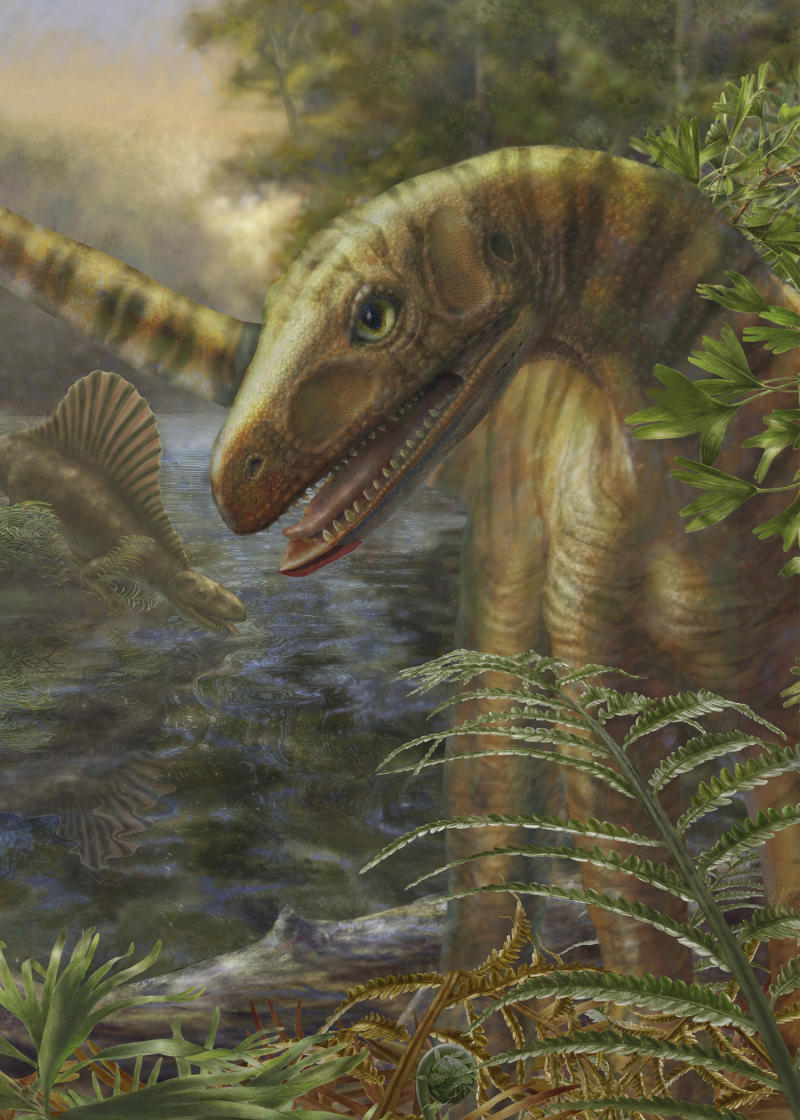Please note: Osher Rainforest will be closed for maintenance Jan. 14–16.
Science News
After the Extinction Event
May 2, 2013
by Molly Michelson

When large bullies disappear, the formerly bullied thrive.
That’s especially true in mass extinction events, when smaller animals have a chance if the larger, more competitive animals go away. Take the largest extinction event on Earth, the end-Permian extinction, 252 million years ago. Ninety percent of life on the planet was basically wiped out.
Scientists previously believed that gentler creatures didn’t thrive after that extinction event, but a new study, in this week’s Proceedings of the National Academy of Sciences, says that dinosaur predecessors did in fact succeed and even diversify.
The new insights come from seven fossil-hunting expeditions since 2003 in Tanzania, Zambia, and Antarctica, along with work combing through existing fossil collections. The team used the fossils to create two views of four legged-animals in what was at the time southern Pangaea. The first view is of 5 million years before the extinction event and the second is 10 million years after the event.
The study found that before the extinction event 35 percent of four-legged species were found in two or more of the five areas studied, with some species having ranges that stretched 1,600 miles. But according to the authors, ten million years after the extinction event, the quadrupeds showed clear clear geographic clustering and just 7 percent of species were found in two or more regions.
The smaller distribution of four-legged animals, like the Asilisaurus, pictured above, suggests that they had less competition and didn’t have to move too far to find food or suitable habitats. It also reveals that the animals were so successful, they were able to diversify.
Good riddance, bullies! “Groups that did well before the extinction didn’t necessarily do well afterward,” says lead author Christian Sidor, of the University of Washington. “What we call evolutionary incumbency was fundamentally reset.”
Image: Marlene Donnelly/Field Museum of Natural History